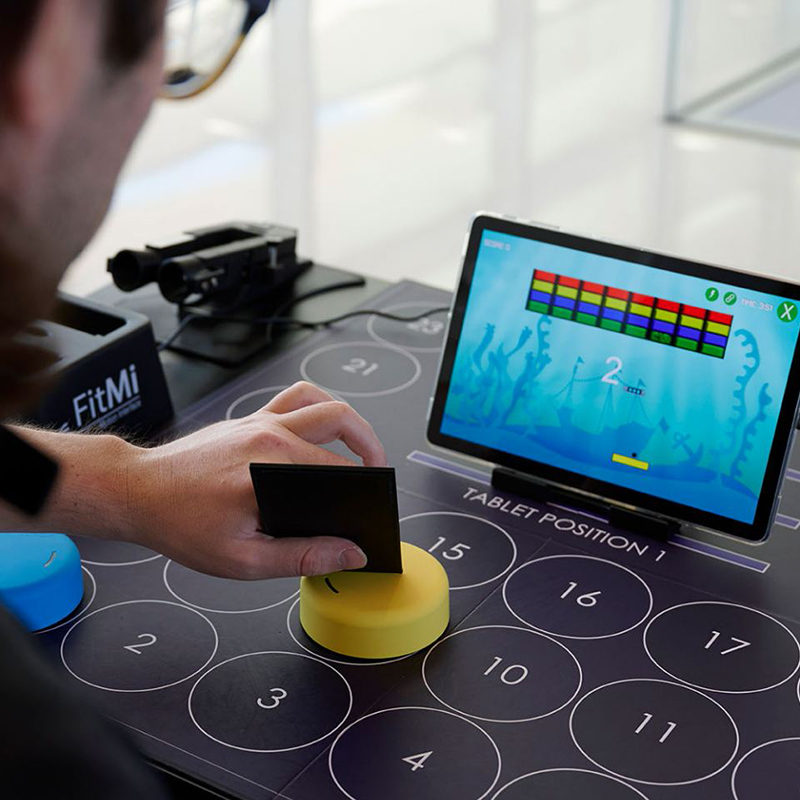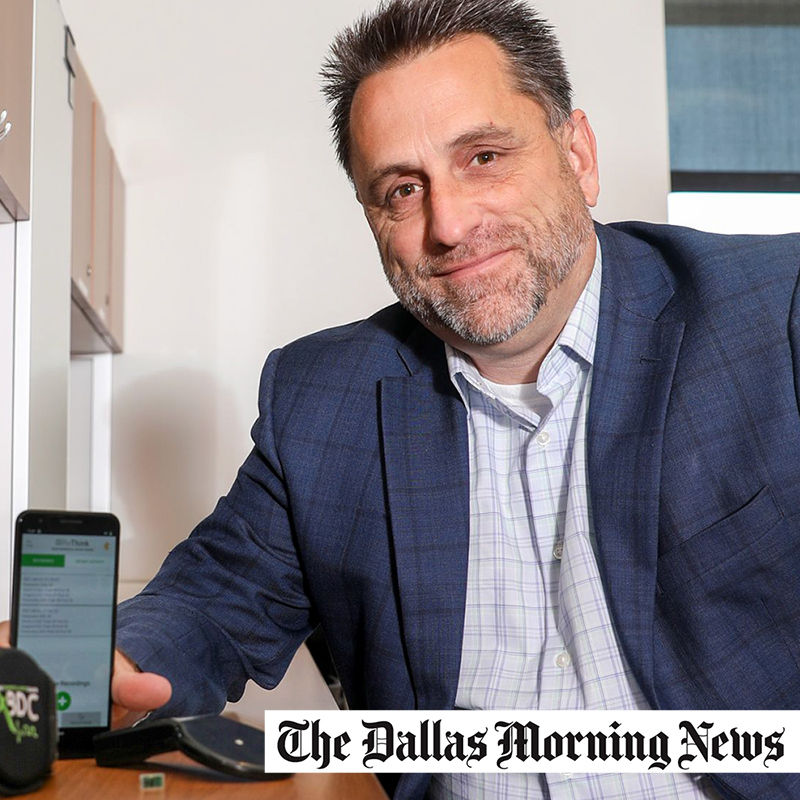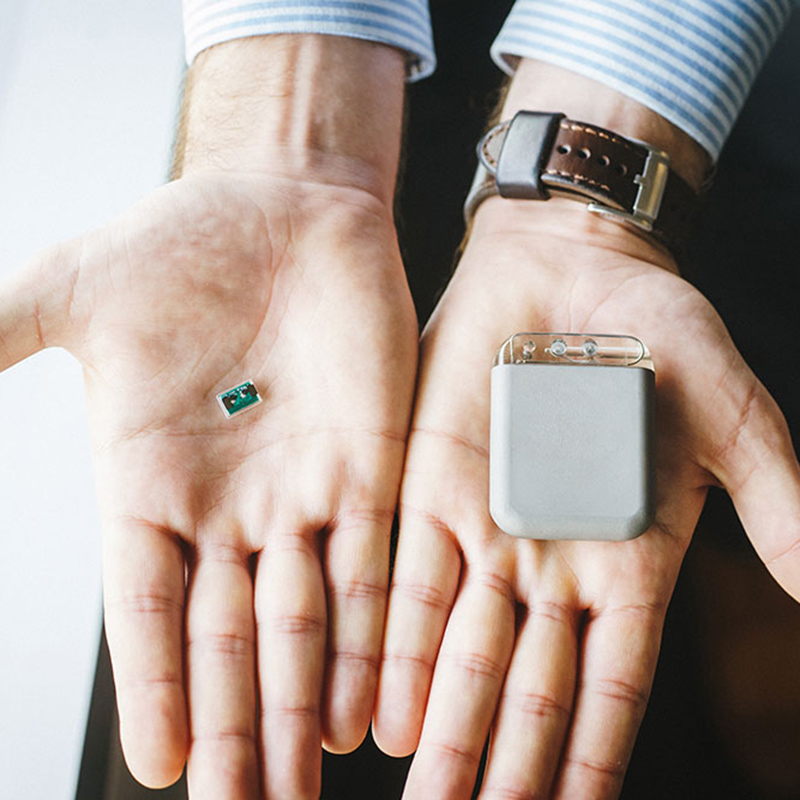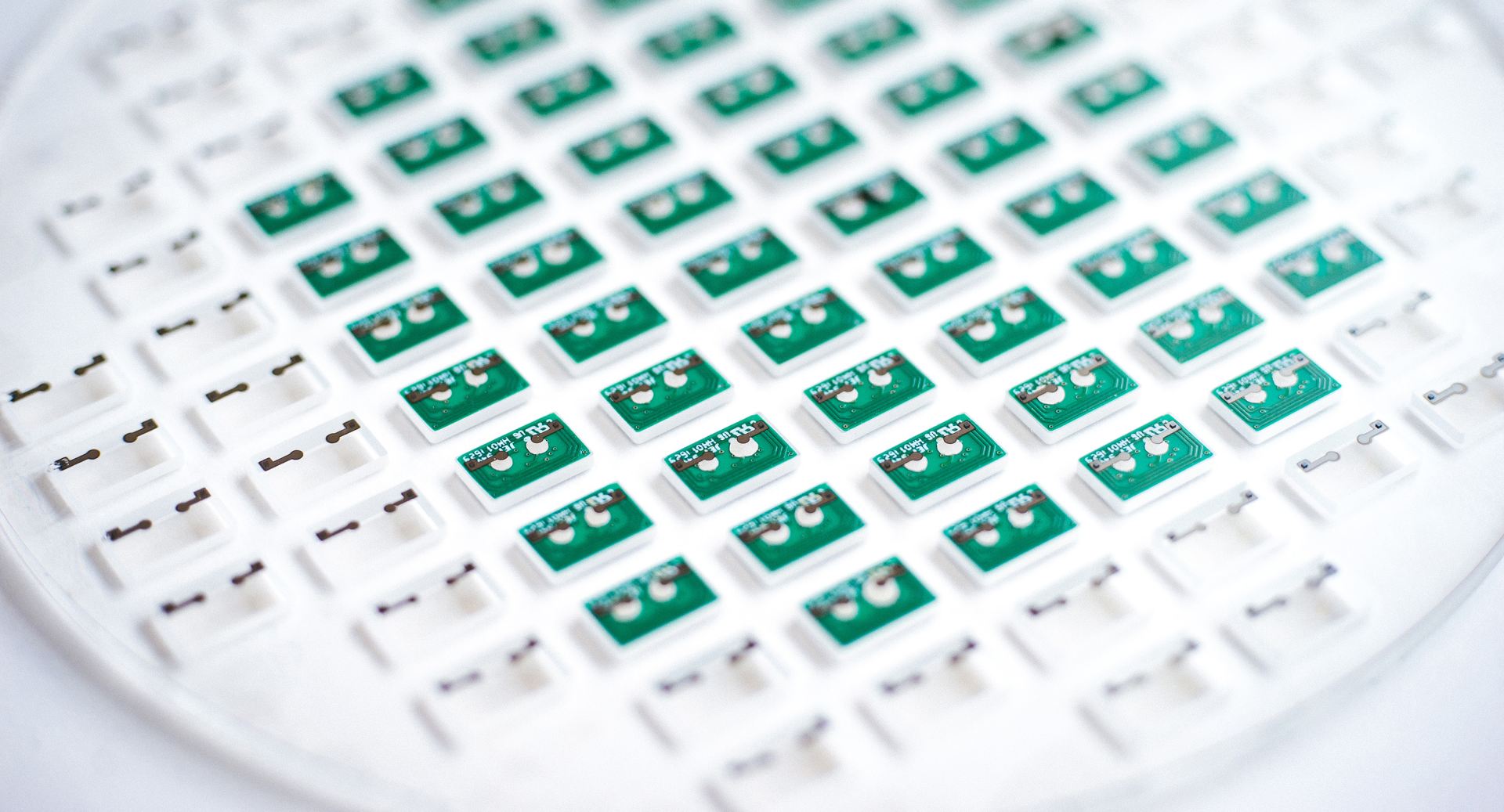
Now Recruiting for Phase I Clinical Trials in PTSD & SCI
Blast-induced brain injury is the signature injury in the global war on terror. The average blast-exposed soldier has SIX neurological conditions (Sayer, 2008).
No complete solutions existed for patients with neurological injuries…
…until now.
Researchers at the Texas Biomedical Device Center have developed a therapy to help neurological injury patients fully reengage in life. This therapy uses stimulation of the vagus nerve during rehabilitation to rewire neural circuits, dramatically improving recovery. We call this approach Targeted Plasticity Therapy (TPT). TxBDC researchers are at the forefront of investigations into neuroplasticity and its role in the development of a wide range of therapies for disorders including stroke, tinnitus, traumatic brain injury, PTSD, and peripheral nerve injury.
Neurological Conditions Experienced by Blast-Exposed Soldiers

Targeted Plasticity Therapy will revolutionize the treatment of neurological injury and disease.
How does Targeted Plasticity Therapy work?
Targeted Plasticity Therapy can improve function irrespective of the type of injury. This figure shows Targeted Plasticity Therapy significantly enhances recovery following ischemic stroke, hemorrhagic stroke, traumatic brain injury, spinal cord injury and peripheral nerve injury compared to rehabilitation alone.
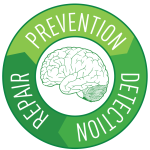
The Texas Biomedical Device Center has developed a wireless implantable device that is used to deliver precise electrical stimulation to the vagus nerve during rehabilitation. This causes the release of neurotransmitters critical for learning and memory. The neurotransmitters strengthen the connections in the brain that allow you to complete a task. When vagus nerve stimulation is paired with traditional rehabilitation using the TxBDC home therapy applications below, patients can improve their recovery from almost anywhere.


ReThink
for PTSD
ReThink technology activates vagus nerve stimulation during exposure therapy to reduce the fear response in PTSD patients. The patient uses a smartphone app to listen to weekly recorded therapy sessions while receiving vagus nerve stimulation from the comfort of home.
VIDEO: ReThink Technology for PTSD

RePlay
for Upper Limb Recovery
RePlay technology guides recovery of hand function after a brain or spinal cord injury. This therapy, which can also be done at home, allows patients play fun and engaging video games which become more challenging as the patient improves. Hand movements are monitored as patients play the games, triggering stimulation of the vagus nerve.
VIDEO: RePlay Technology for SCI
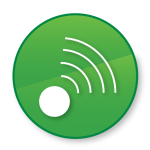
RePair
for Lower Limb Recovery
RePair technology guides the recovery of leg movements after a brain or spinal cord injury. The patient wears sensors on their legs to monitor movements and trigger the vagus nerve stimulator. This technology allows patients to improve leg movement using an app on their smart phone during normal daily activities.
VIDEO: RePair Technology

ReLief
for Tinnitus
ReLief technology treats tinnitus by playing sounds paired with vagus nerve stimulation. Tinnitus can be caused by hyperactive areas in the brain, which can generate the perception of sound. By pairing sounds above and below the tinnitus frequency with vagus nerve stimulation we are able to shrink the hyperactive part of the brain.
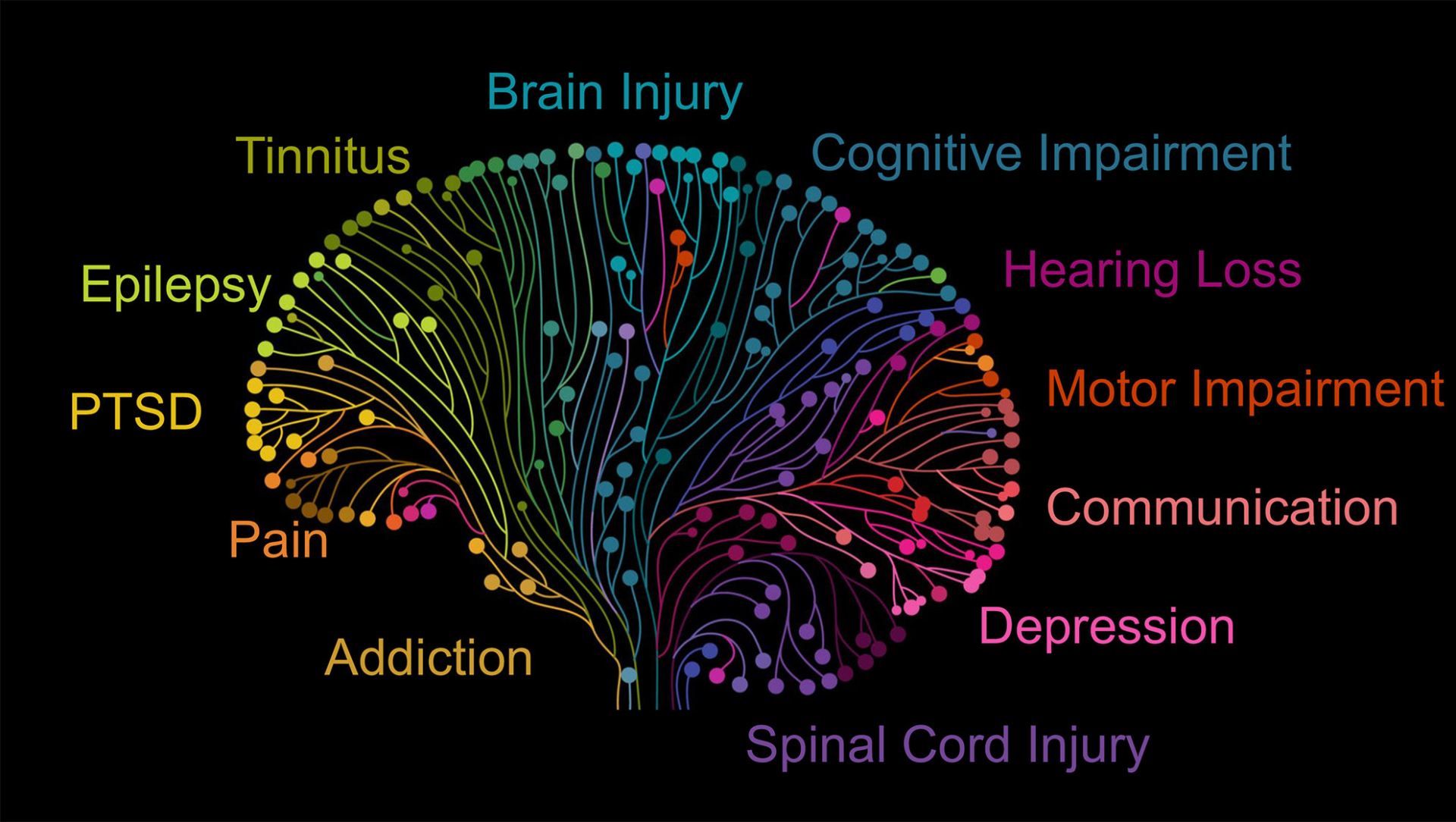
Unlimited Possibilities with TPT
This therapeutic platform has transformative potential to treat a vast range of neurological disorders.
